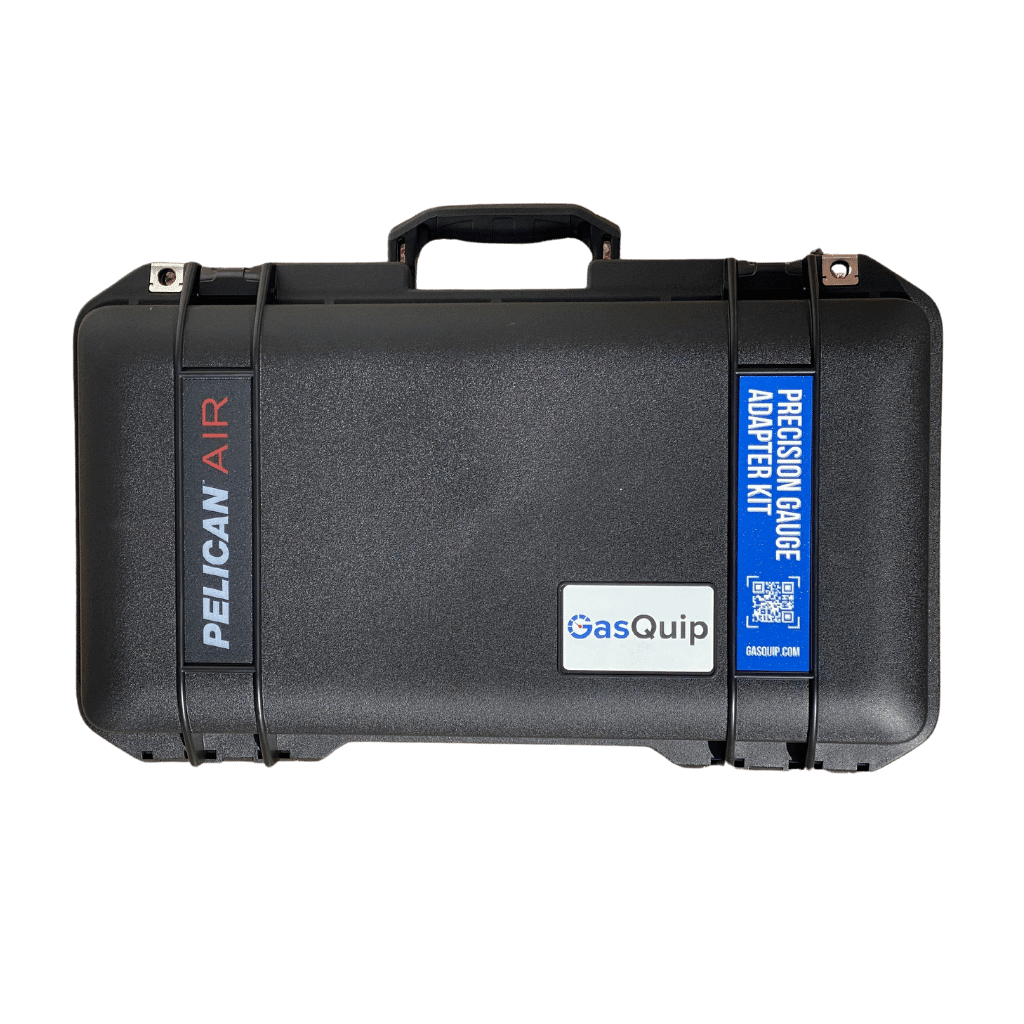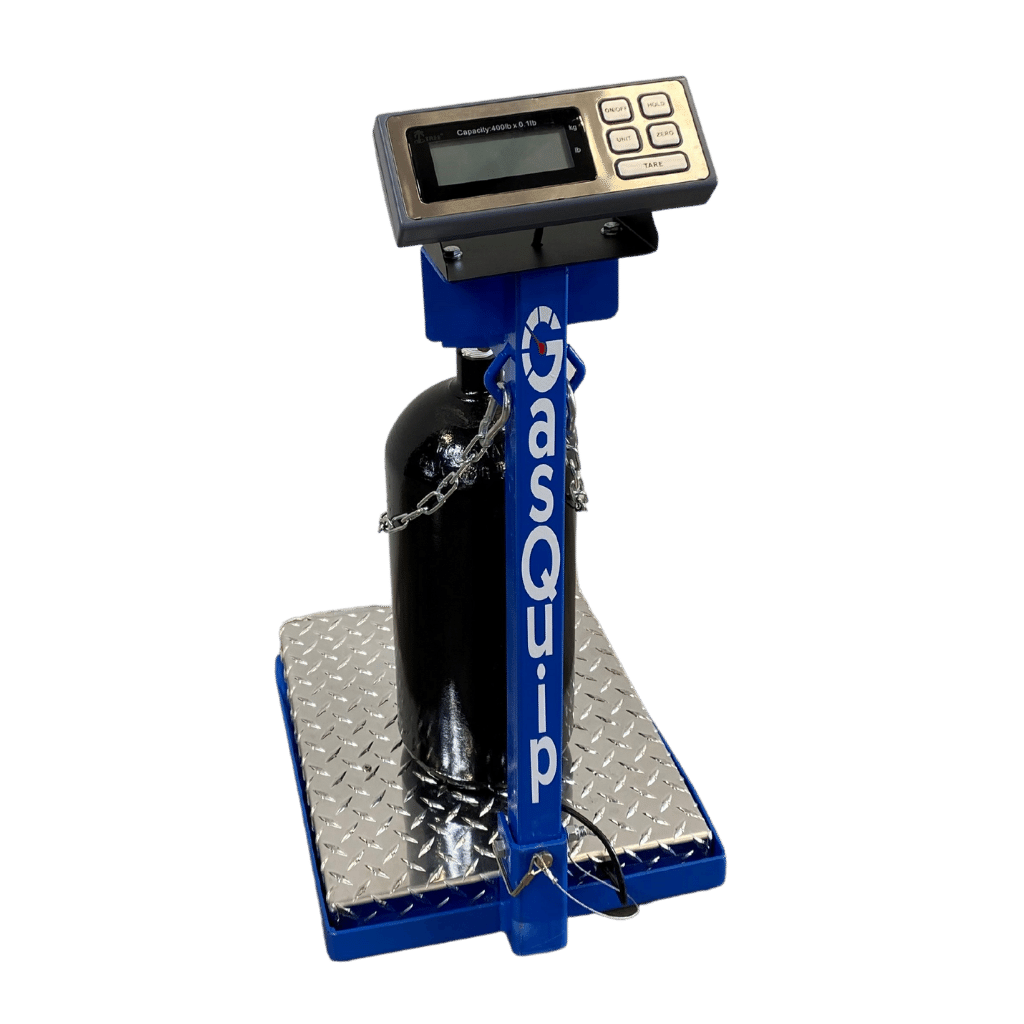In the summer of 2021, CARB (California Air Resource Board) published it’s new SF6 regulations update to the “Regulation for Reducing Sulfur Hexafluoride Emissions from Gas Insulated Switchgear”. This amendment imposes stricter guidelines on California utilities’ SF6 GIE (Gas Insulated Equipment), and also offers a plan for phasing out SF6 based technology over the next decade or so. This update comes as no surprise to many OEM’s (Original Equipment Manufacturers) of GIE that have invested millions of dollars into SF6 Free Technology. It’s vital to understand how these new regulations work, as we expect to see tighter restrictions on SF6 in the U.S. for years to come.

History of SF6
In 1901, chemists Henri Moissan and Paul LeBeau created SF6 gas for the first time in Paris, France. The potential of the gas began to be explored in 1937 when GE started experimenting with SF6 as an arc quenching medium. The gas would later be massed produced, first by Allied Chemical Corp, and start to become popular in high voltage switch gear in the 1960’s. SF6 gas has been used in a variety of applications since its inception, including: ocular surgery, Nike Air Shoes, sound deadening windowpanes, shock absorbers, and many more.
Global Warming & SF6
When it comes to measuring the Global Warming Potential (GWP) of a certain gas, CO2 has been historically used as the benchmark, with a GWP of 1 over a period of 100 years. On that scale, SF6 has a GWP of 23,900, meaning it is 23,900 times more potent as a greenhouse gas than CO2. In fact, it is the most potent greenhouse gas that has ever been evaluated according to the Intergovernmental Panel on Climate Change. To put that into perspective, two gas cars idling for an entire year would have the same global warming effect as venting a bottle of SF6 gas for 10 seconds. However, It’s worth noting that SF6 is responsible for less than 1% of all U.S. Greenhouse gas emissions.

The New CARB SF6 Regulation
The first part of the “Proposed Amendments to the Regulation for Reducing Sulfur Hexafluoride Emissions from Gas Insulated Switchgear” is the phase out plan for SF6 based GIE. Here’s a summary:

This phase out plan allows existing SF6 installations to operate until their end of life. Each “phase out date” simply means that utilities will be restricted from buying that type of GIE past the listed date.
Meeting the SF6 Emissions Cap
California Utilities “shall not exceed their annual emissions limit”, as calculated by section 95354.1(c) in the new regulation order. Part of this equation involves knowing the “net increase in total capacity of active GIE owned”. As many people know, the GIE nameplate capacity and actual capacity often do not agree. It becomes most obvious when decommissioning GIE. For example, a piece of GIE shows 100 lbs SF6 capacity listed on the nameplate. Mr. Technician is tasked to decommission the GIE and is only able to recover 92 lbs, even after following all of the proper procedures. Now during annual reporting, this will be shown as an 8 lbs emission. This is commonly referred to as a “phantom emission”, because according to the formula, that 8 lbs of “missing” gas has to be an emission. There can be many reasons that a nameplate capacity doesn’t match the actual capacity, including:
- Weight is based on the theoretical volume of GIE.
- Revisions to equipment without updating capacity, ex: different bushings.
- Inaccurate density/pressure gauges.
Based on the feedback from utilities, CARB recognized that inaccuracies in the nameplate seemed to be the norm, not the exception. That is why they added an optional procedure to help alleviate this issue:
Optional Nameplate Capacity Adjustment Procedure
CARB now allows an optional one-time nameplate capacity adjustment procedure so that GIE owners can get their nameplates as close to the real capacity as possible (section 95357.2 of new order). After notifying CARB of their intent to make an adjustment, the procedure is as follows:
- Record the initial system pressure and vessel temperature prior to removing any insulating gas using a pressure gauge meeting the minimum accuracy requirements of section 95354(f)(2) and a temperature gauge meeting the minimum accuracy requirements of section 95354(f)(3).
- Convert the initial system pressure to a temperature compensated initial system pressure by using the manufacturer-specified temperature/pressure curve or other manufacturer-provided materials that can be used to convert the initial system pressure to a temperature compensated initial system pressure
- If the temperature-compensated initial system pressure of the GIE device does not match the temperature-compensated design operating pressure specified by the manufacturer, add or remove insulating gas to/from the GIE device until the manufacturer-specified value is reached.
- Follow one of the following processes, depending on the methodology being used to measure the amount of gas recovered:
(A) Connect a mass flow meter between the GIE device and a gas cart; or
(B) Weigh the gas container being used to receive the gas and record this value. - Recover insulating gas from the GIE device until five minutes after the pressure in the GIE device reaches the blank-off pressure.
- Record the amount of insulating gas recovered (pounds), either based on the reading from the mass flow meter, or by weighing the gas container that
received the gas and subtracting the weight recorded pursuant to section 95357.2(c)(4)(B) from this value. The amount of gas recovered shall be the revised nameplate capacity for the GIE device. - Record the final system pressure.
Equipment Required for Capacity Adjustment Procedure
- Precision Pressure & Temperature Gauge – We have developed a kit that contains a custom precision pressure and temperature gauge that meets the requirements set forth by CARB (see page 23 of Final Regulation Order). The gauge is connected to a hose manifold, and there is an array of adapters so that the kit can be used with many different breaker gas connections.

- Mass Flow Meter – The GasQuip Sentry is a portable device for measuring the weight of SF6 gas being used to fill or top up a circuit breaker. This also meets the requirements set forth by CARB for a mass flow meter (see page 23 of Final Regulation Order)

- Cylinder Weight Scale – Our scale is a portable cylinder scale that measures the weight of gas in pounds or kilograms. t breaker. This also meets the requirements set forth by CARB for a mass flow meter (see page 23 of Final Regulation Order)

Want to learn more? Need a quote? Reach out to us at sales@gasquip.com

